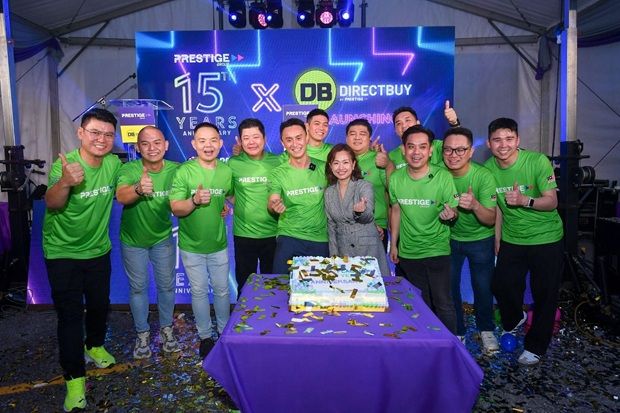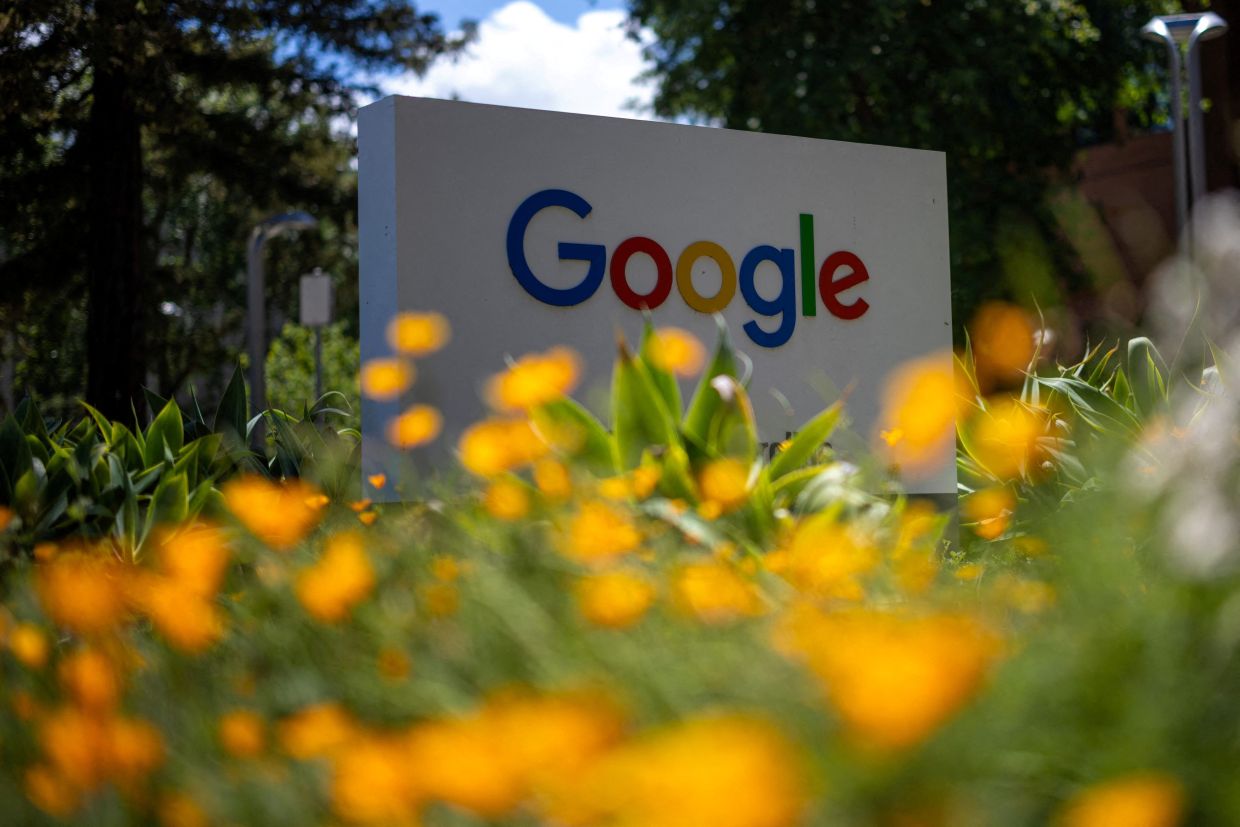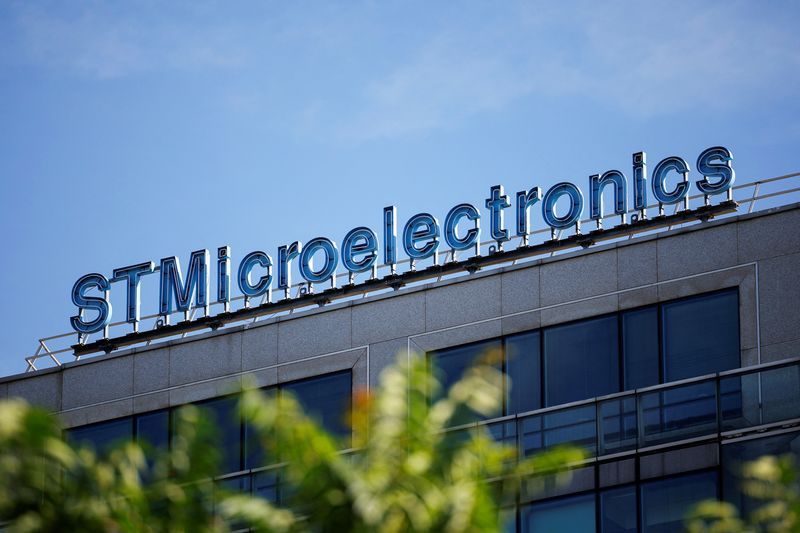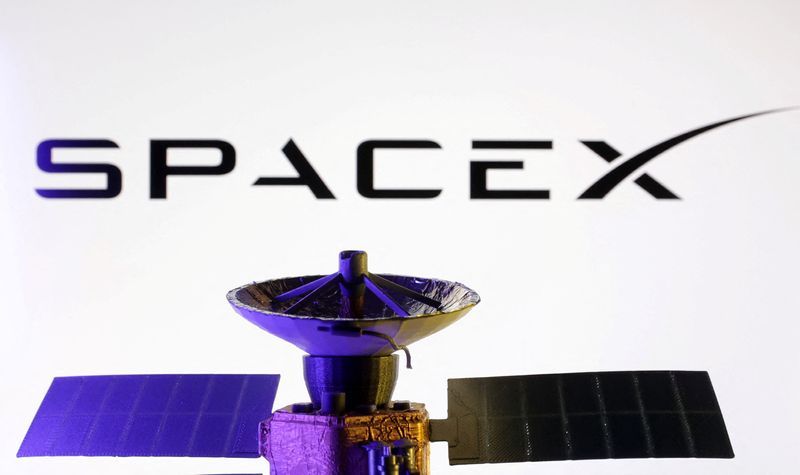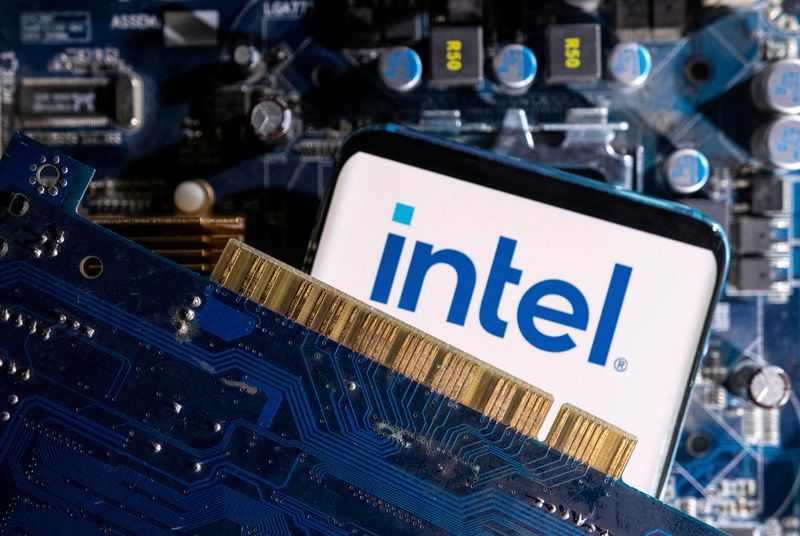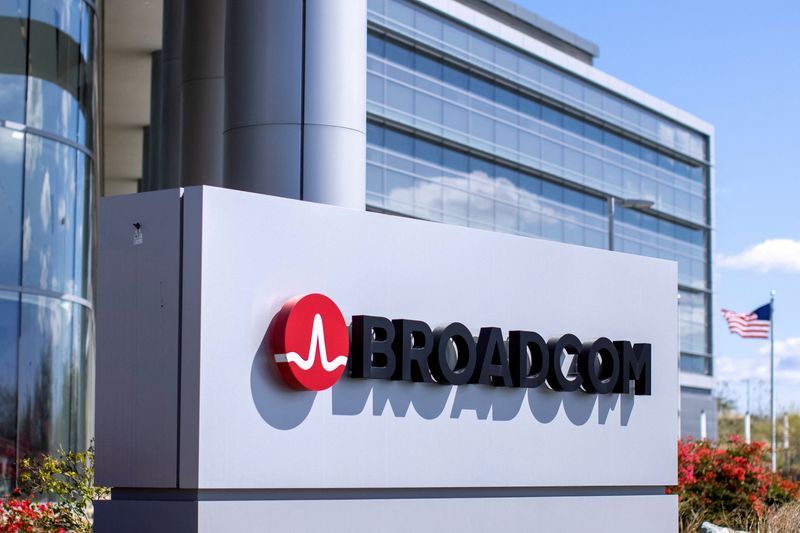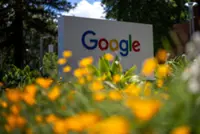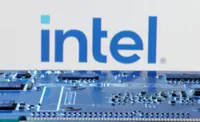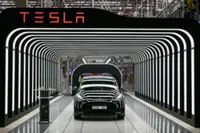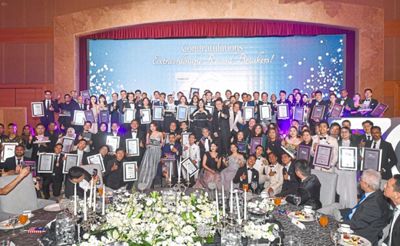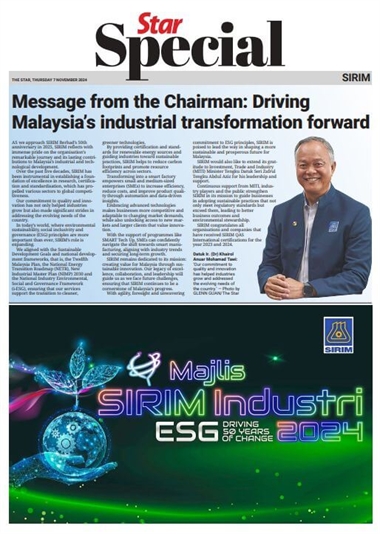
FILE PHOTO: United States Federal Communications Commission logo and U.S. flag are seen in this illustration taken April 23, 2025. REUTERS/Dado Ruvic/Illustration/File photo
WASHINGTON (Reuters) - The Federal Communications Commission on Monday voted to open a review of the decades-old spectrum sharing regime between satellite systems sought by SpaceX.
The review by the U.S. telecom regulator aims to allow a greater and more intensive use of spectrum for space activities. Existing reductions approved in the 1990s limit power usage that prevent better coverage from SpaceX's Starlink and other systems.
FCC Chair Brendan Carr said the power limits "hamper satellite broadband by degrading signal quality, reducing coverage, limiting capacity, and making it harder to share spectrum with other satellite systems."
Amazon.com, whose Project Kuiper satellite internet network, aims to compete with Elon Musk's Starlink system, also wants changes to the rules but said the FCC must address a number of questions including what safeguards are needed to protect satellite operations in neighboring countries.
"It is imperative the commission does everything possible to clear the way for American innovation and investment in space excellence" the FCC said.
Musk, the billionaire CEO of electric vehicle maker Tesla, SpaceX and the social media platform X, is overseeing Trump's cost-cutting DOGE effort. SpaceX filed a petition in August seeking changes saying the existing rules "have imposed
significant artificial spectrum scarcity on Americans."
CTIA, which represents the U.S. wireless communications industry including AT&T, Verizon and T-Mobile, said any changes should ensure satellite service does not undermine the terrestrial network service investments or current 5G service.
"Wireless providers spent record-setting sums to acquire access to this spectrum in the United States," the group noted.
The FCC is seeking comments on how satellite technology has changed since equivalent powerflux density limits were developed and if alternative sharing frameworks would result in higher efficiency.
In March, the FCC said it would allow Starlink to operate a direct-to-cell service with T-Mobile at higher power levels despite objections by rival companies.
AT&T and Verizon filed objections to the higher power levels saying it could result in harmful interference and impact their service in some areas.
T-Mobile noted 500,000 square miles (1.3 million square km) of the United States are unreachable by towers because of the terrain, land-use restrictions and other factors.
(Reporting by David Shepardson; Editing by Chizu Nomiyama)




